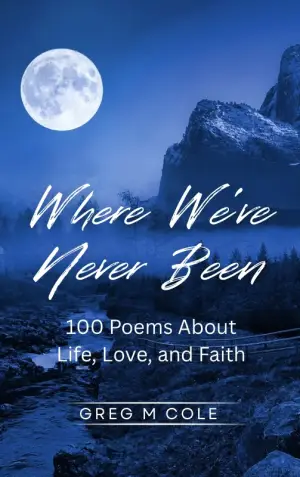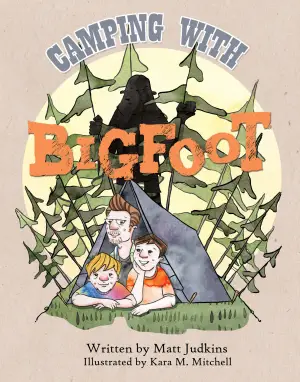Engaging Review of The Demon of Unrest: A Saga of Hubris, Heartbreak, and …
When I first stumbled upon Erik Larson’s latest historical narrative, The Demon of Unrest, I couldn’t help but feel a curious blend of anticipation and trepidation. Larson’s previous works, which masterfully capture historical moments with a riveting flair, set high expectations. Yet, delving into the subject matter—just before the eruption of the Civil War—added a layer of gravitas, as I reflected on our own tumultuous times. Larson himself notes the unsettling parallels to January 6, 2021, grounding the reader in a present-day context that feels ever-relevant.
From the opening pages, it’s clear that Larson doesn’t merely recount events; he breathes life into them. He reminds us that history isn’t just a collection of dates and facts—it’s made up of human emotions, ambitions, and fears. The saga of Fort Sumter sprawls across the backdrop of a nation in turmoil, grappling with the looming specter of civil war. Readers may think they know the story: Lincoln’s election, South Carolina’s defiance, and the fateful shots fired at Sumter. Yet, Larson expertly unveils the intricate tapestry of the period, filled with letters, diary entries, and conversations that reveal the real stakes for real people entangled in the turmoil.
One standout aspect of The Demon of Unrest is Larson’s exquisite attention to detail. He weaves the existential fears of South Carolinians—haunted by the potential for a slave uprising—into the narrative. It’s not merely the fact that South Carolina had a higher population of enslaved individuals than of white citizens; it’s the way their paranoia driven by honor and status shaped their precarious decisions. As Larson provocatively poses, “How on earth did South Carolina, a primitive, scantily populated state in economic decline, become the fulcrum for America’s greatest tragedy?” He crafts a compelling answer, delving into the psyche of a society defined by its aristocratic ideals and deep-seated fears.
Equally striking are the moral dilemmas faced by figures like Major Robert Anderson, the commander of Fort Sumter, who views his dual allegiance with acute frustration. Larson deftly captures the tension between duty and loyalty, evoking sympathy for a man caught in the crossfire of fate. Each character feels like a piece of a larger puzzle, and as you move through the pages, you can almost hear the echoes of their worries and aspirations.
The writing style is deeply engaging and flows like a river of historical insight mixed with narrative suspense. Larson’s pacing ensures that the historical context never feels tedious—every chapter unfurls with an urgency that keeps you turning pages. I found myself marked by moments of surprise, especially when Larson reveals lesser-known facts, like the Shadow or Ghost Amendment—a failed attempt to prevent Civil War that lingered in congressional limbo.
What resonated with me most, however, is Larson’s insistence that history is shaped by human choices and miscalculations. As I read about the contrasting perceptions between the North and South, I couldn’t help but draw parallels to present-day divisions, reminding us that the past is never truly in the past.
In conclusion, I wholeheartedly recommend The Demon of Unrest to anyone intrigued by American history, political intrigue, or deeply rendered character studies. Whether you’re a history buff or someone looking for a compelling narrative, Larson’s latest will enthrall and enlighten you. This book not only enriches our understanding of the lead-up to the Civil War but also serves as a poignant reminder of humanity’s fragility in face of discord. I found myself both informed and moved, a testament to Larson’s extraordinary storytelling prowess.
Discover more about The Demon of Unrest: A Saga of Hubris, Heartbreak, and … on GoodReads >>













